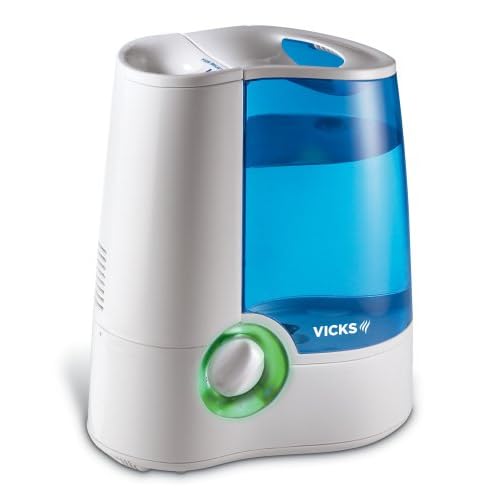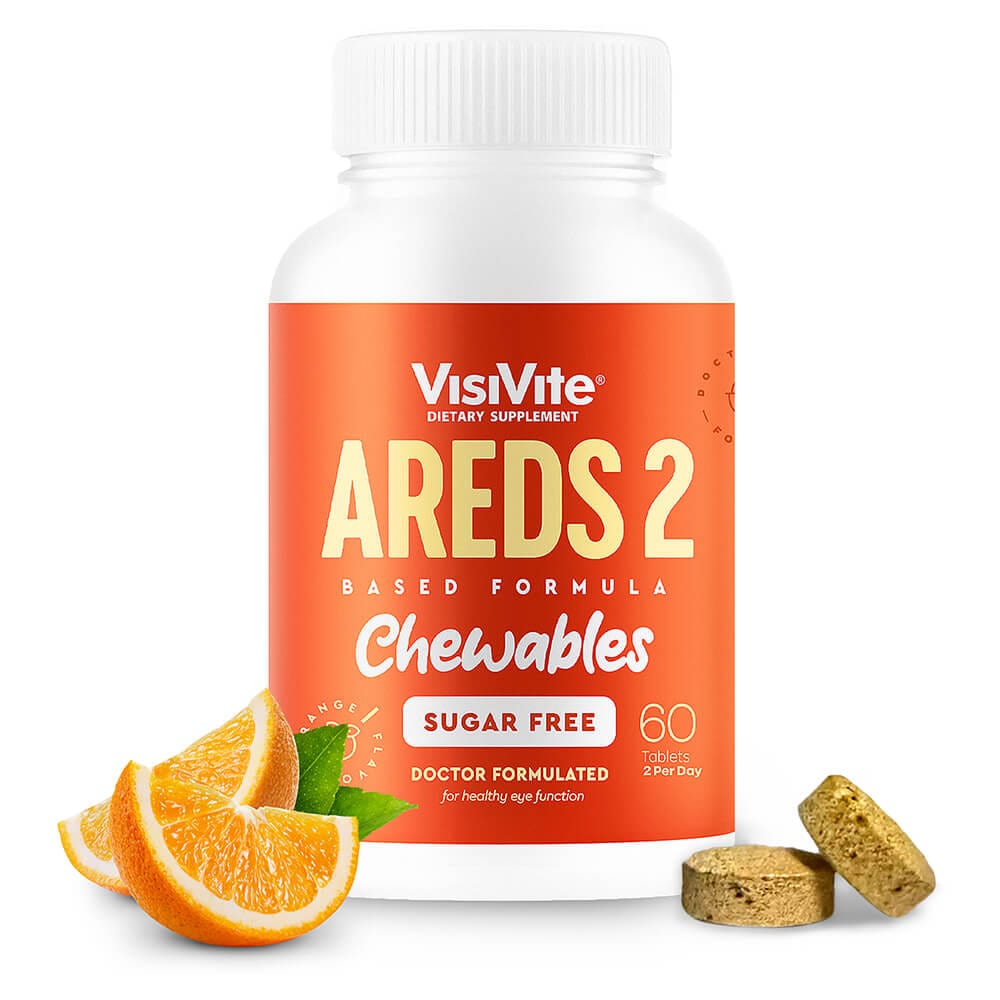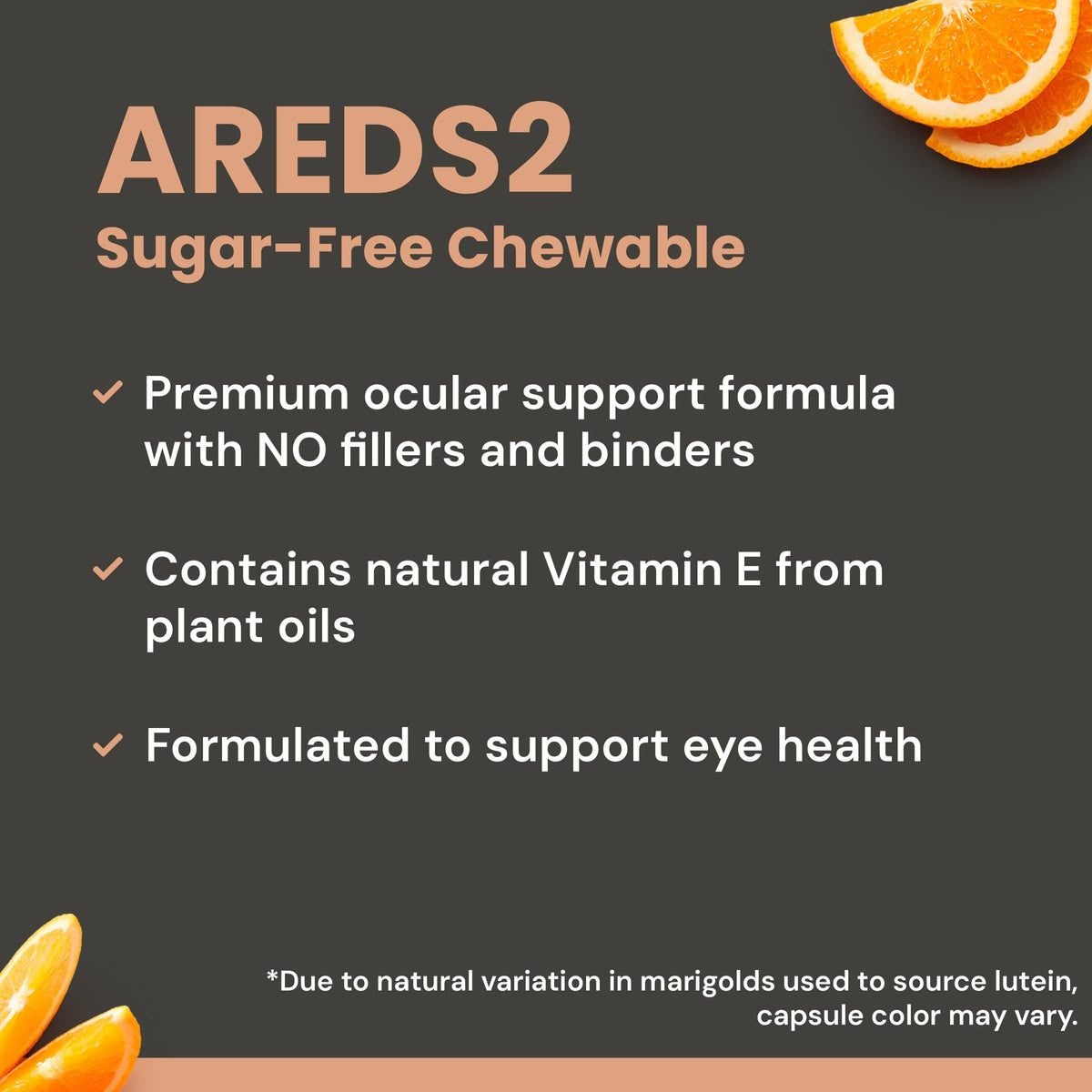Welcome to winter  - that is, if you live in the Northern Hemisphere.
If you've got dry eyes, it's likely that your symptoms are worse during winter. Here's why...
The cold air of winter can't hold much water vapor. That's why you see the water vapor coming out through your mouth - the air is literally saturated.
So a 30% humidity level when the air is cold contains a lot less dissolved water than the same humidity percentage when the weather is balmy.
And guess what happens when that cold air finally enters your house or office?
Unless you've got a humidifier running, the air is now warm and dry. And like a desert climate, your tears that are bathing the eye's surface evaporate rapidly.
With Dry Eye Syndrome, your tear glands can't keep up with the rapid evaporation. This is especially common in women over the age of 30.
The clear cornea on the eye's surface, as a result, develops uncomfortable dry spots. The white conjunctiva may become red.  Light sensitivity (photophobia) is common. So is a sense of hazy or unclear vision, especially when reading or working on a computer, when you blink much less frequently.
The eye, now irritated, sends a message for help to the brain. The brain obliges with intermittent floods of very watery tears.
Unfortunately, these are not the tears that really help the symptoms of Dry Eye Syndrome. Rather, they're a clumsy built-in rescue system that briefly douses each new fire.
The most effective and highest quality tears are the ones that "seep" 24 x 7, trickling high quality nutrients and moisture throughout the day, sort of like one of those soaker garden hoses with the thousand pinprick holes that you lay down in your tomato garden.
It is this shortage of "basal tearing" that is the most common culprit in Dry Eye Syndrome.
Here are my 5 helpful tricks to make you more comfortable if you're experiencing dry eye symptoms during winter:
--
Paul Krawitz, M.D., President
Vitamin Science, Inc.
- Humidify your bedroom. Ultrasonic humidifiers are the quietest and cheapest, but in my own bedroom, I much prefer the moist humidified air that a warm mist humidifier produces. The latter sounds like eggs quietly frying in the kitchen, but over time, I've grown to like the sound.
- Use artificial tears not when the eyes hurt, but rather BEFORE your eyes hurt. For my patients, I generally recommend 2-4 times per day, depending on how severe their dry eye symptoms.
- Discuss Restasis prescription eyedrops with your eye doctor. In our practice, about 50% of patients notice an improvement.
- Discuss punctal plugs with your eye doctor. This is a non surgical procedure that works to hold your limited tears on the eye before you blink them away and they disappear down the tear canal into your nose.
- Consider using my patented Dry Eye Relief Tear Stabilization Formula. After two months use, double blind studies indicate about 70% of people notice a marked improvement in their symptoms.*


 Welcome to winter  - that is, if you live in the Northern Hemisphere.
If you've got dry eyes, i
Welcome to winter  - that is, if you live in the Northern Hemisphere.
If you've got dry eyes, i










